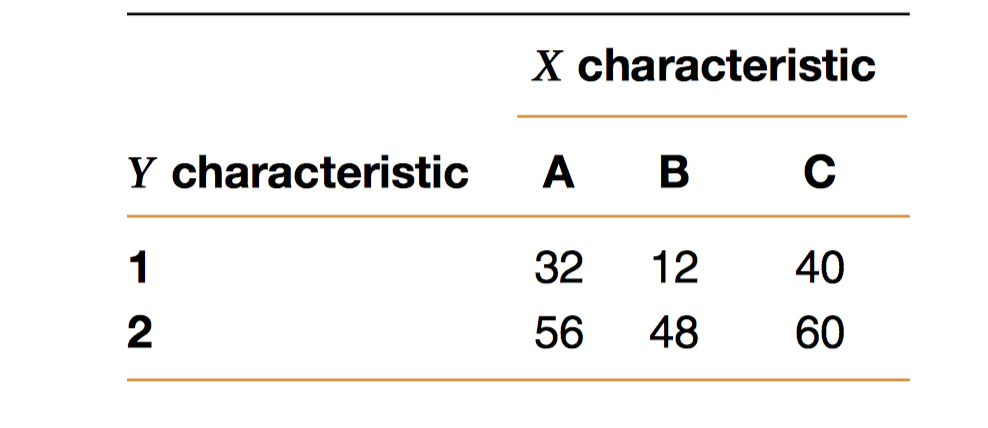


Say we do a 10-person study on smoking and hypertension, and collect the following data, where Y indicates yes and N indicates no: Table 4-1 Participant # A 2 x 2 table (or two-by-two table) is a compact summary of data for 2 variables from a study-namely, the exposure and the health outcome. In chapter 9, we will return to study designs for a more in-depth discussion of their strengths and weaknesses.īefore getting into study designs and measures of association, it is important to understand the notation used in epidemiology to convey exposure and disease data: the 2 x 2 table. This chapter will therefore provide a brief outline of common epidemiologic study designs interwoven with a discussion of the appropriate measure(s) of association for each. Which measure of association to choose depends on whether you are working with incidenceor prevalencedata, which in turn depends on the type of study design used. The degree to which exposures and health outcomes are associated is conveyed through a measure of association. This means that the exposure is disproportionately distributed between individuals with and without the disease. As detailed later in chapter 10, it is difficult to claim causal effects from a single epidemiologic study therefore, we say instead that exposures and diseases are (or are not) statistically associated. In epidemiology, we are often concerned with the degree to which a particular exposure might cause (or prevent) a particular disease. Discuss the differences between absolute and relative measures of association.Explain which measures are preferred for which study designs and why.Calculate and interpret relative measures of association (risk ratios, rate ratios, odds ratios).Compare and contrast the 4 most common types of epidemiologic studies: cohort studies, randomized controlled trials, case-control studies, and cross-sectional studies.After reading this chapter, you will be able to do the following:


 0 kommentar(er)
0 kommentar(er)
